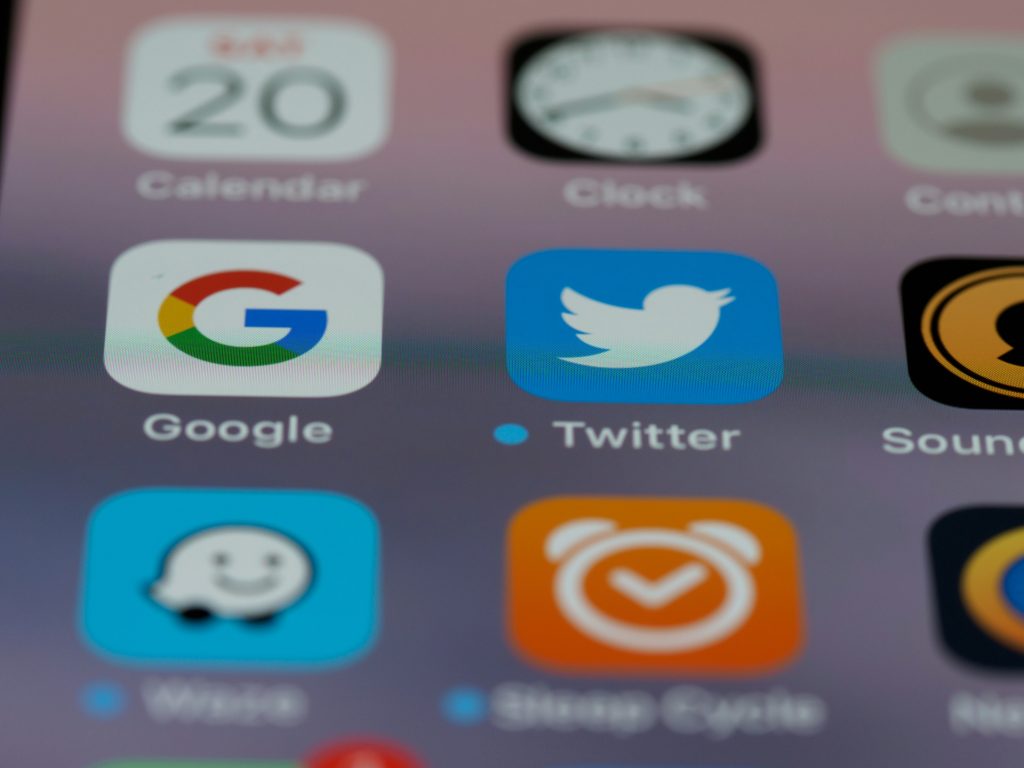By: Nathan Gierczynski, Staff Writer
The presidential bully pulpit power has evolved from merely communicating with the nation to a powerful tool for influencing policy and public opinion. From the earliest days of the republic, when George Washington gave his Farewell Address, the president has communicated directly with the people. The methods by which they communicate, and the messages have changed over time, directly reflecting the larger expansion of presidential power. With the advent of social media, the bully pulpit has changed forever, begging the question – where does the bully pulpit go from here?
Article II, Section 3 loosely enumerates the power of the president to “recommend to [Congress’] consideration such Measures as he shall judge necessary and expedient.”[1] Through the first century and a quarter of American history, presidents held a generally limited view of their rhetorical powers, with some notable exceptions during the Jackson and Lincoln administrations. The use of the bully pulpit followed the ebbs and flows of presidential power. Presidents who took an expansive view of presidential power used their bully pulpit more forcefully than those who took a limited view of presidential power. It was not until the administration of Theodore Roosevelt that presidents began to focus on the public as a conduit for imposing their will on Congress.
Roosevelt was the first president to truly understand the power of the press. With the advent of sensational journalism and the widespread consumption of periodicals, Roosevelt built strong relationships with the press.[2] Specifically he enlisted Ray Stannard Baker, a famous muckraker, to write a 50,000 word, six-part series about the railroad’s malignant practices to be published in McClure’s magazine.[3] In the midst of the fight to pass the Hepburn Act, the series created public interest and outrage in the passage of the bill, which was being stalled in the Senate.[4] Nearly a year and a half after Roosevelt and Baker began their collaboration, the obstinate Senators cracked beneath the pressure of public opinion, and the Hepburn Act of 1906 passed by an overwhelming majority.[5] From this point forward, presidents would use whatever media was available to them – FDR used the radio, JFK used the television, Reagan used the 24-hour news cycle –to bring their message to the American people and bring the weight of public opinion to bear against a hostile legislature. Then came social media.
The advent of social media has revolutionized the way the president uses their bully pulpit. President Barack Obama opened the door by being the first president to use social media extensively and sent out the first presidential Tweet in 2012.[6] Donald Trump revolutionized the presidential use of social media. Tweeting many times a day throughout his first presidency, Trump espoused misinformation and half-truths, particularly concerning the COVID-19 pandemic.[7] The backlash from his opponents was severe, but his loyal base took every word as gospel. After the 2020 election, Trump used the bully pulpit to spread false claims of election fraud.[8] This marked a historical shift in the use of the bully pulpit. Previously, presidents used the bully pulpit to achieve political aims – the passage of legislation, raising support for wars, and other government interests – but never for personal advancement. Trump’s rhetoric culminated on January 6, 2021, when, during an insurrection at the Capitol Building, he told his supporters that “if you don’t fight like hell, you’re not going to have a country anymore.”[9] Twitter indefinitely suspended Trump’s account on January 8, effectively putting an end to Trump’s revolutionary social media bully pulpit.[10] But some Trump supporters took Trump’s rhetoric as a call to action. Dustin Thompson, charged in connection with the Capitol riot, has claimed during his trial that he was acting at the behest of then-President Trump, believing that he had received “presidential orders” to go to the U.S. Capitol on Jan. 6. This defense has been adopted by dozens of other riot suspects facing trial.[11]
Trump’s bully pulpit did not end there. Elon Musk’s purchase of Twitter, now called X, saw Trump’s ban lifted.[12] During the election of 2024, both Donald Trump and Kamala Harris took more advantage of social media, collaborating with influencers and podcasters to spread their messages.[13] This time, on social media candidates embraced memes, like “brat” in Harris’ case.[14]
Donald Trump’s victory raises questions about what the bully pulpit will look like in the future. Americans should expect it to look very familiar. Trump has set a precedent for effectively wielding the power of the bully pulpit in the social media age, and it is unlikely any future president will back away from such an effective tool.
[1] U.S. Const. art. II, §3.
[2] Goodwin, The Bully Pulpit, xii.
[3] Goodwin, The Bully Pulpit, 449.
[4] Goodwin, The Bully Pulpit, 455.
[5] Goodwin, The Bully Pulpit, 458.
[6] https://www.forbes.com/sites/petersuciu/2020/02/17/how-past-presidents-might-have-used-social-media/?sh=399ee7561368.
[7] https://www.statista.com/chart/19561/total-number-of-tweets-from-donald-trump/
[8] https://www.reuters.com/world/us/trumps-false-claims-debunked-2020-election-jan-6-riot-2022-01-06/.
[9] https://www.npr.org/2021/02/10/966396848/read-trumps-jan-6-speech-a-key-part-of-impeachment-trial
[10] https://www.cnn.com/2021/01/08/tech/trump-twitter-ban/index.html
[11] https://www.cnn.com/2022/04/13/politics/january-6-rioter-trump-defense-dustin-thompson/index.html
[12] https://www.cnn.com/2022/11/19/business/twitter-musk-trump-reinstate/index.html
[13] https://www.sydney.edu.au/news-opinion/news/2024/10/22/us-election-is-showing-the-power-of-podcasting-media-communications-expert.html
